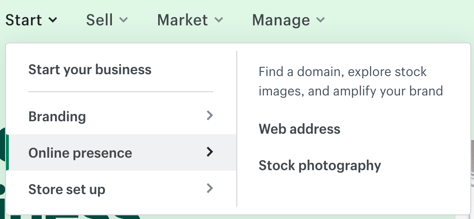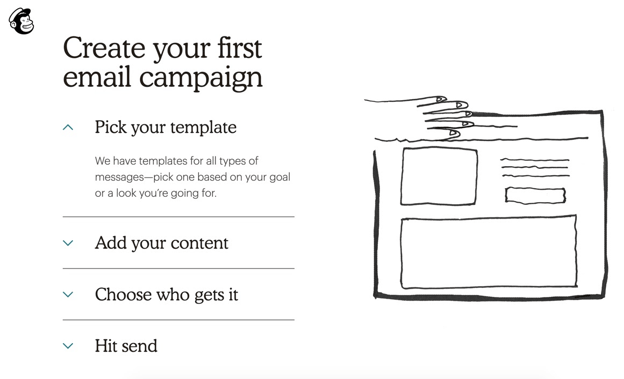
Content is finally getting the respect it deserves in the world of design. Choosing the right words is vital for improving the user experience, but what companies often need help remembering is that the task at hand is beneficial for them as well. The right copy will without a doubt increase conversions and thus turn prospects into customers.
Think about your favorite brands. They likely have content that resonates with you. Whether it’s the story they tell in their commercials, the humor and tone they use, or how easy it is to navigate their site, there’s something special at the center of most of these brands’ content strategy -- YOU.
More and more companies are taking a user-centric approach, which in this case means understanding users and their needs while keeping them a priority during content creation. As part of this mindset, there’s an added focus on UX writing.
Are you looking into leveling up your content? Here are some of my favorite brands that are CRUSHING their UX content strategy and writing.
1. Slack
I absolutely love Slack. They do an amazing job of focusing on their audience. Slack proves this with the consistent, and most importantly easy-to-use, messaging they use across all touchpoints. I mean, just take a look at this page:

There is nothing confusing about the copy on this page. I mean, why would anyone try to make their “Using Our Product” page complicated? Slack does a great job of simplifying one’s messaging. Are you trying to highlight your value proposition? Just outright say it. Are the tips you give in the article actually going to be beneficial and not just click-bait? Yes -- let me know that I’ll feel confident once I read it! You get exactly what you expect when you interact with Slack’s content.
2. Shopify
Sometimes you know exactly what you want when you go to a website. Maybe you’ve already researched potential solutions for your problem, or you know of a reputable brand that you can rely on. Check out how easy it is to convert on Shopify’s home page:

Not only do they simplify the process for their audience, but they keep their messaging concise and to-the-point. Shopify doesn’t leave anything up to interpretation. Even something as simple as their drop-down menu is amplified with their microcopy (aka: “Find a domain, explore stock images, and amplify your brand’):

3. Mailchimp
Mailchimp is another favorite of mine. Their messaging is simple and they do an amazing job of filling their personas’ buyer’s journeys through content. Their Mailchimp 101 resource page simplifies their product and demystifies their process:

One would hope that sending an email is as easy as the steps Mailchimp provides above. They also structure their entire guide to answer questions along the way. For example, if you can’t “choose who gets your email” while setting up your first email campaign, they provide a solution:

There’s no doubt that Mailchimp keeps its audience front-of-mind across their entire content strategy and UX writing process. Their voice and tone are consistent despite likely having a team hard at work on their content.
How to Crush YOUR UX Content Strategy and Writing
When looking at content strategy through the UX lens, less is more. Donald Miller says it best, “In every line of copy we write, we’re either serving the customer’s story or descending into confusion; we’re either making music or making noise.” Don’t become noise in a noise-filled world. To start optimizing your UX content strategy:
- Audit your content library. Airtable offers a great template to manage your assets. Analyze website analytics and data like heatmaps to see where your visitors are struggling to navigate or convert.
- Evaluate whether your content fills your personas’ buyer’s journeys. You will likely find that you may need to create more content.
- Think about what the most important information is for your audience and prioritize that at the top of your website pages. Don’t make them scroll to get the most valuable information.
- Strategically insert content offers (from your audit) within your website to help your personas move through the buyer’s journey.
- SIMPLIFY YOUR WEBSITE CONTENT. Not just the copy on the pages, but also the CTA buttons and microcopy. This is easier said than done, so seeking out a UX Writer or UX Content Strategist might be the best way to go about this.
I’ll leave you with one more quote by Donald Miller as you wonder whether you should reconsider your website copy, “Pretty websites don’t sell things. Words sell things.”
